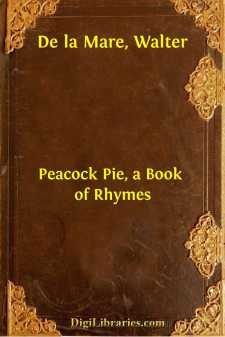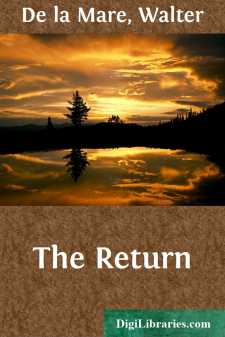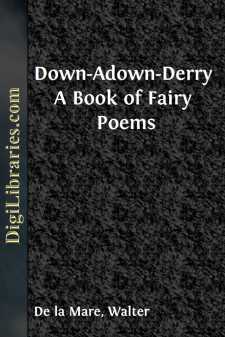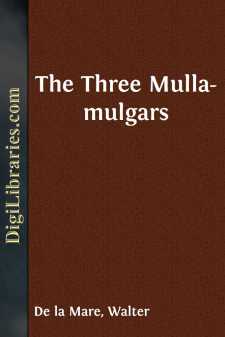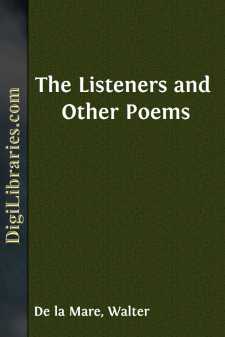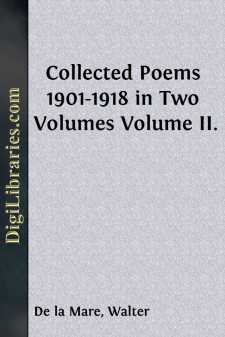Categories
- Antiques & Collectibles 13
- Architecture 36
- Art 48
- Bibles 22
- Biography & Autobiography 813
- Body, Mind & Spirit 142
- Business & Economics 28
- Children's Books 14
- Children's Fiction 11
- Computers 4
- Cooking 94
- Crafts & Hobbies 4
- Drama 346
- Education 46
- Family & Relationships 57
- Fiction 11829
- Games 19
- Gardening 17
- Health & Fitness 34
- History 1377
- House & Home 1
- Humor 147
- Juvenile Fiction 1873
- Juvenile Nonfiction 202
- Language Arts & Disciplines 88
- Law 16
- Literary Collections 686
- Literary Criticism 179
- Mathematics 13
- Medical 41
- Music 40
- Nature 179
- Non-Classifiable 1768
- Performing Arts 7
- Periodicals 1453
- Philosophy 64
- Photography 2
- Poetry 896
- Political Science 203
- Psychology 42
- Reference 154
- Religion 513
- Science 126
- Self-Help 84
- Social Science 81
- Sports & Recreation 34
- Study Aids 3
- Technology & Engineering 59
- Transportation 23
- Travel 463
- True Crime 29
Songs of Childhood
Categories:
Description:
Excerpt
Preface
The Romantic poets rediscovered a pastoral and Biblical dream: that a child was the most innocent and the wisest of us all. Wordsworth hailed him as "Mighty Prophet! Seer blest!" And in the next generation Victorian novelists took that dream seriously enough to make children the heroes and heroines of their most searching fictions. There had been no "children's literature" to speak of before, except for the oral and "popular" tradition, including lullabies and Mother Goose, some of which go back as far as Tudor and even medieval times.
Children's literature today is an immense and complex domain; and leaving aside for the present the works composed by children themselves, what remains varies tremendously in skill and delight, as well as in subtlety and intention. So I shall also set aside those minimal "vocabulary-building" tales and verses whose small virtues are rarely more than therapeutic, and direct myself only to that specialized but most important category—poems written by a skilled and adult poet but addressed to an audience of children who are likely to be read to until they are skillful enough to read the same verses for themselves.
The dangers for the poet in addressing so composite an audience are enormous: cuteness, coyness, archness and condescension are only the most obvious ones. Some great writers of children's verse—Lewis Carroll and Edward Lear—have successfully hedged themselves against these dangers by insistent comedy and parody (Carroll's "serious" children's verse is maudlin and embarrassing). By this means they have contrived what the child will take as lovely, unintimidating, mysterious, rational nonsense, and what the adult will recognize as a travesty or burlesque of something very edgy indeed. Thus, Lear's "The Dong with the Luminous Nose" and Carroll's "Jabberwocky" are, respectively, bright and disguised versions of gothic terror and misery on the one hand, and medieval knightly exploit on the other, both rendered innocuous for the nursery and ridiculous for the adult. The risks of seriousness have been successfully avoided.
The poetry of Walter de la Mare sings boldly and beautifully without any of these hedges and condescensions. His work has the honest candor of the border ballads and the fairy tales: as well as unmitigated joys, they are full of the dangers and horrors and sorrows that every child soon knows to be part of the world, however vainly parents try to veil them. A child's curiosity about the forbidden will insist on being satisfied; and better by verse than otherwise. This poetry is also musically astute and demanding; it may surprise and alert the parental reader; and it has its share of archaisms and poeticisms, which, contrary to adult surmise, bemuse and fascinate children. And it must be admitted that it is also relentlessly British; but then, so is much good children's literature.
As a poet (he was also a gifted novelist and short-story writer) de la Mare was praised by T. S. Eliot ("the delicate, invisible web you wove") and by W....



